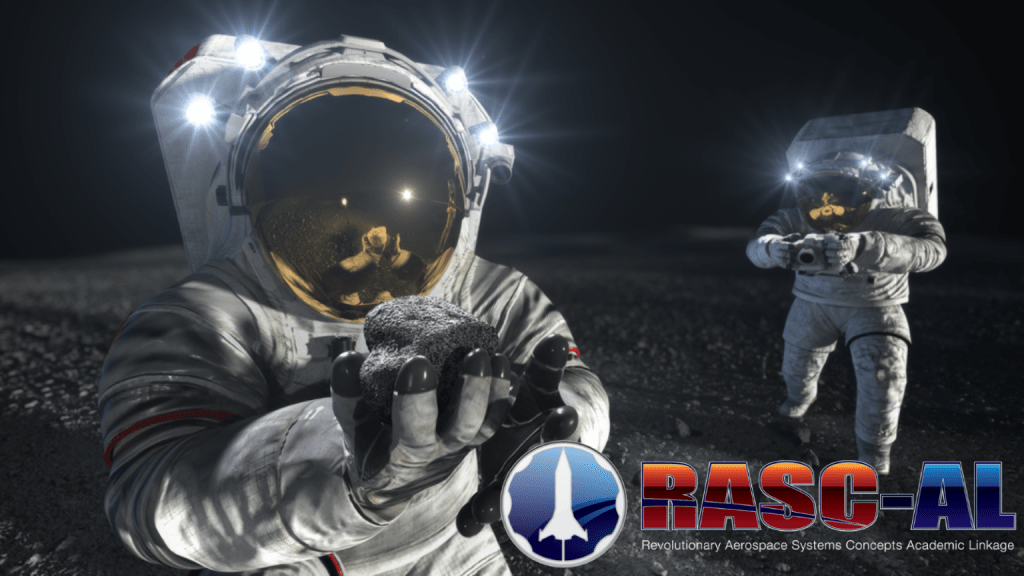Any fitness expert will say it is important to take care of your body’s core. Any engineer will say the same about rockets.
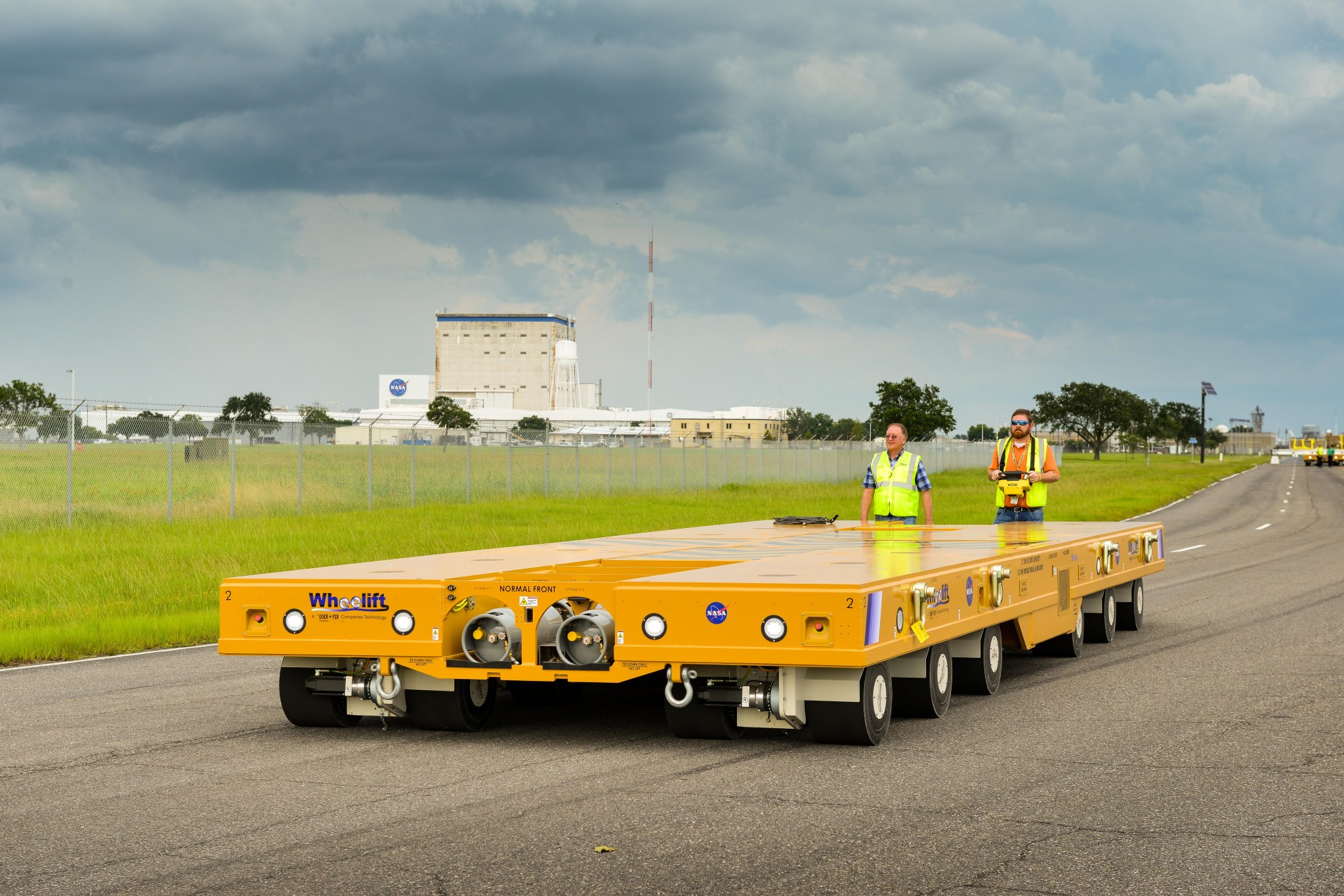
Before NASA’s Space Launch System – the most powerful rocket in the world – can exercise its core “muscles” and climb off the launch pad, its core stage and test articles have to be moved to various NASA centers for testing, assembly with other components and eventually launch. That’s where the agency’s newest transporters enter the picture.
These are no ordinary trucks. An American company designed and built the highly specialized, mobile platforms specifically to transport the 212-foot SLS core stage, the largest part of the 322-foot SLS rocket that will send humans aboard the Orion spacecraft into deep space.
“We wanted something modular and multipurpose, so that it is not only capable of carrying the massive core stage of the Space Launch System but also moving other hardware NASA will need for the journey to Mars,” said Chris Bramon, the SLS operations disciplines lead engineer in the Mission Operations Laboratory at NASA’s Marshall Space Flight Center in Huntsville, Alabama. “This transportation system will work for many generations of rockets, safely moving valuable space hardware needed for NASA’s boldest missions.”
This summer, four transporters were delivered to NASA’s Michoud Assembly Facility in New Orleans where the five sections that make up the core stage are being manufactured. The transporters were designed and built by Wheelift of Waterloo, Iowa, where they were named Elpis, Novus, Pandora and Aegis through a company-hosted contest. The transporters will carry the core stage down roads and on and off the Pegasus barge for shipping to test and launch sites.
“The delivery and testing of the transporters mark several years of hard work by engineers at Marshall and Wheelift designing transporters that can move critical spaceflight hardware,” said Greg Parrish, Marshall’s project manager for the transporters. “Right now, we are in the process of checking them out by testing them with simulated hardware to assure they work properly and safely.”
Known as self-propelled modular transporters, the haulers will carry three test articles of the core stage – the liquid hydrogen tank, liquid oxygen tank and intertank – individually for testing and as a fully integrated core stage with the engine section and forward skirt. When moving the payloads, the four transporters are arranged in pairs, with one pair supporting each end.
Each transporter is over 33 feet long and 12 feet wide and can carry 75 tons each, the equivalent to 14 fully-grown elephants. On each transporter, the 12 independent, electric wheel modules are powered by a propane-driven Chevy 350 cubic inch small block engine. The transporters can position the cargo to within 5 one-thousandths of an inch – that’s less than the size of a grain of sand. In addition to being strong and very agile, each transporter is safe; they contain systems to monitor and control the forces imparted into the delicate hardware and a fire suppression system in the event of emergencies.
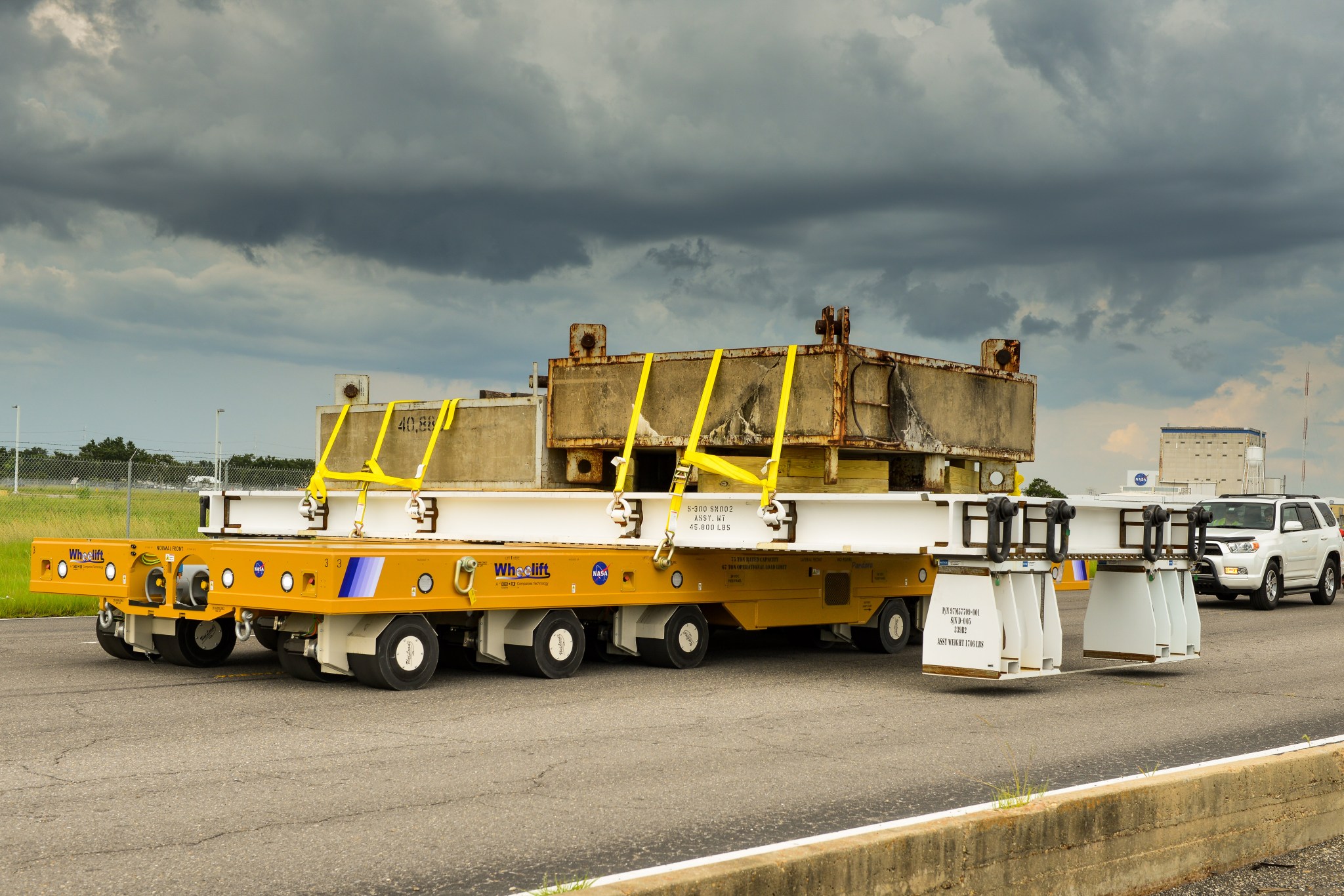
A key element of the transporters is the capacity to distribute the weight of the payloads equally to each of the 48 wheel modules. The empty core stage weighs approximately 94 tons and is over 200 feet long and more than 27 feet in diameter. That is the equivalent of a three-story tall building stretching from the goal line to the opposite 30-yard line on an American football field. The transporters work together wirelessly, forming what is known as a virtual strong-back, which keeps the large, precision built payload from bending or twisting during transportation.
Before it’s time to load and go, the transporters are programmed to work together to haul the specific payload. When it’s time to go, an operator walking alongside the transporters uses a joystick and control box called a “belly pack” to move them underneath the payload. The payload is lowered to within a few inches of the hardware interface structure and pallet — a rocket cradle system designed and developed at Marshall. Final alignment is made, and the payload is secured.
Acting as one unit, the transporters then set off down the road, precious cargo aboard. With a top speed of just over one mile per hour, the system will steadily and carefully move the rocket elements down roads and on and off the Pegasus barge. Once on the barge, the transporters can remain aboard for water transit or be removed and trucked to the destination for rendezvous with their payloads and cradle system.
During transport, the hardware interface structure and the multiple purpose carrier serve both as the interface between the payload and the transporters and allows the load to move on the transporters. Movement is allowed because the varying terrain, such as a levee, along the transport patch will require the system to ascend and descend a four percent grade and turn corners. By allowing the load to move relative to the transporters and monitoring that movement, engineers can help ensure the rocket will not be damaged during transit.
“We’re going to be able to transport an entire fully integrated core stage from Michoud to Kennedy Space Center in Florida where it will be assembled with the other parts of the SLS rocket,” said David Adcock, the SLS Stages Office’s ground support equipment cost accounting manager at Marshall. “The transporter will drive right onto the Pegasus barge and head to Kennedy. When NASA takes possession of the core stage, they will have a fully integrated core stage, ready for flight, and that saves time and money.”
The SLS test articles will travel from Michoud to Marshall, and the flight article will travel to NASA’s Stennis Space Center in Bay St. Louis, Mississippi. The first flight-ready core stage is expected to arrive at Kennedy Space Center in 2018 when the rocket will flex its muscles for the first time, an important milestone for the journey to Mars that would not be possible without the specialized transporters to move and protect the rocket’s core.
Tracy McMahan
Marshall Space Flight Center, Huntsville, Alabama
256-544-0034
Tracy.McMahan@nasa.gov


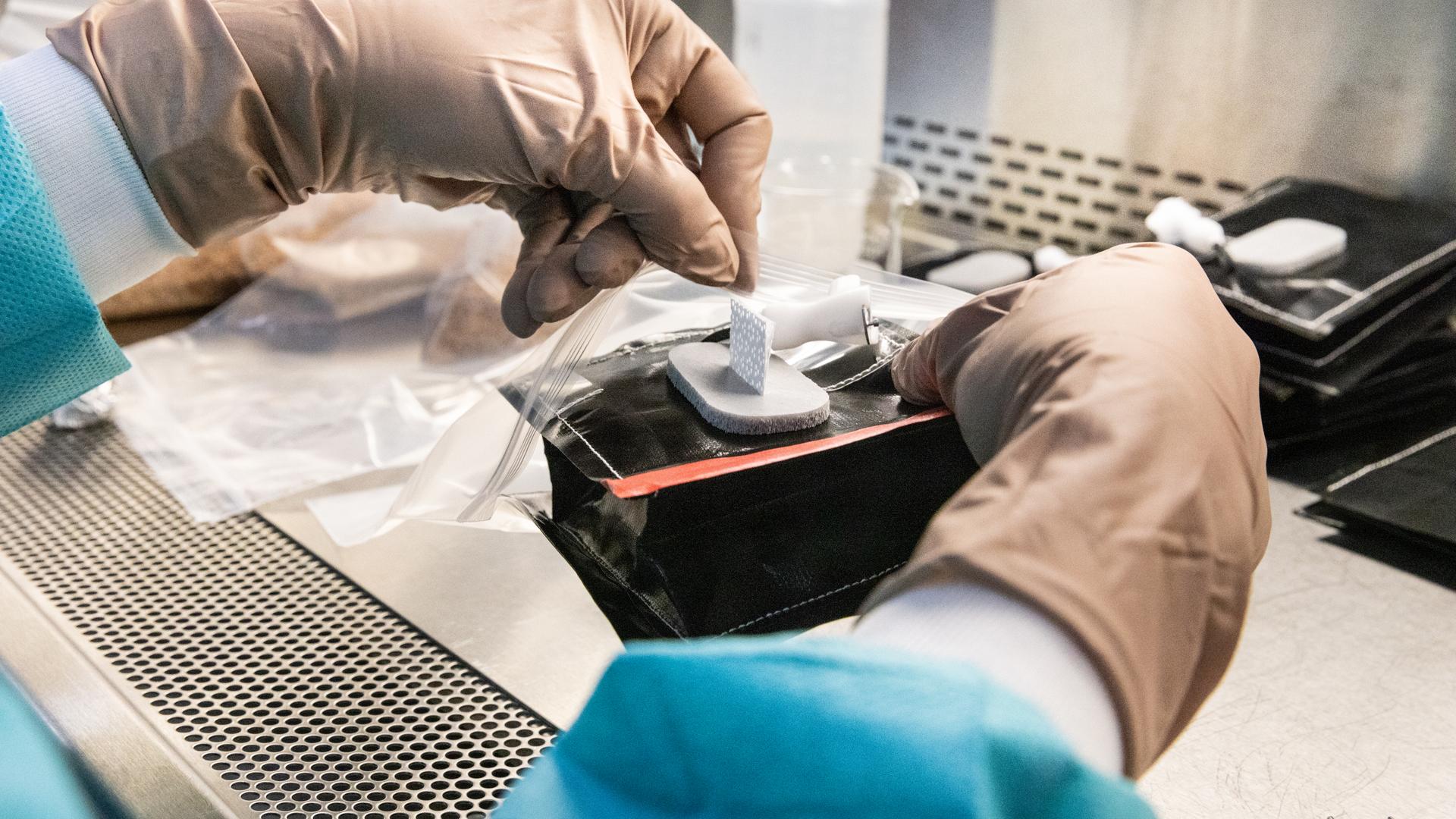

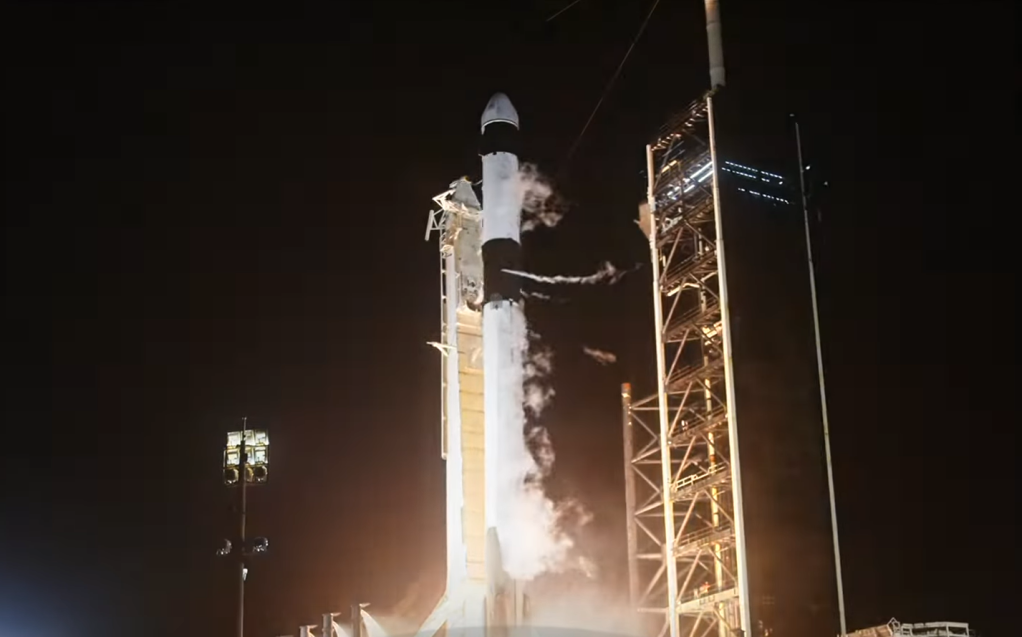


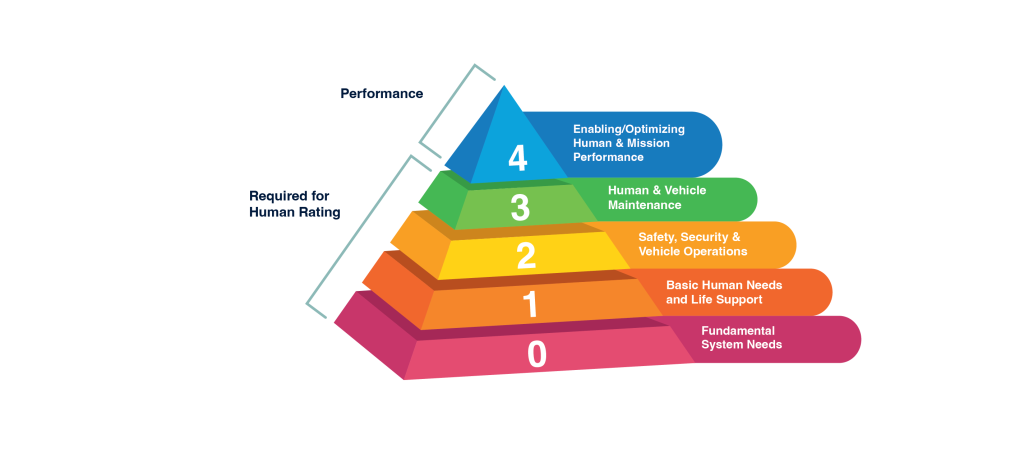
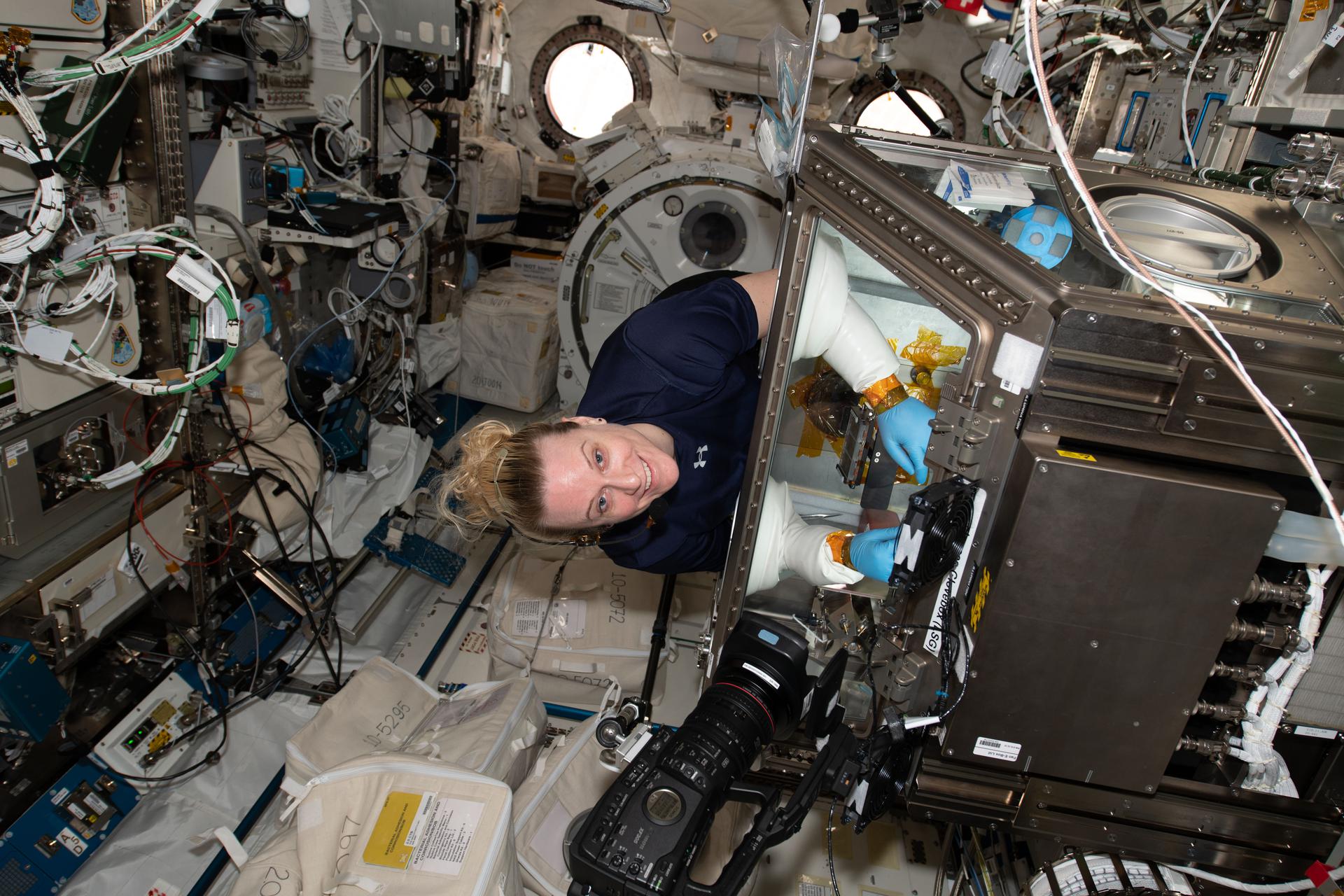

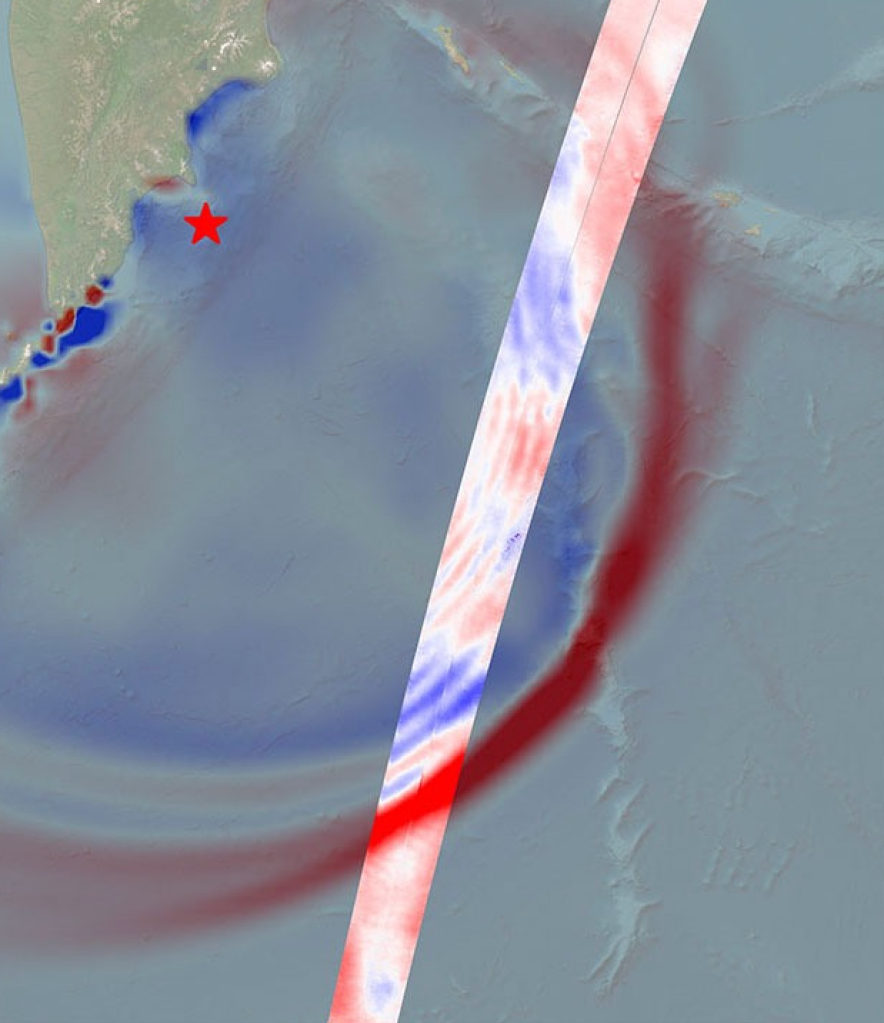









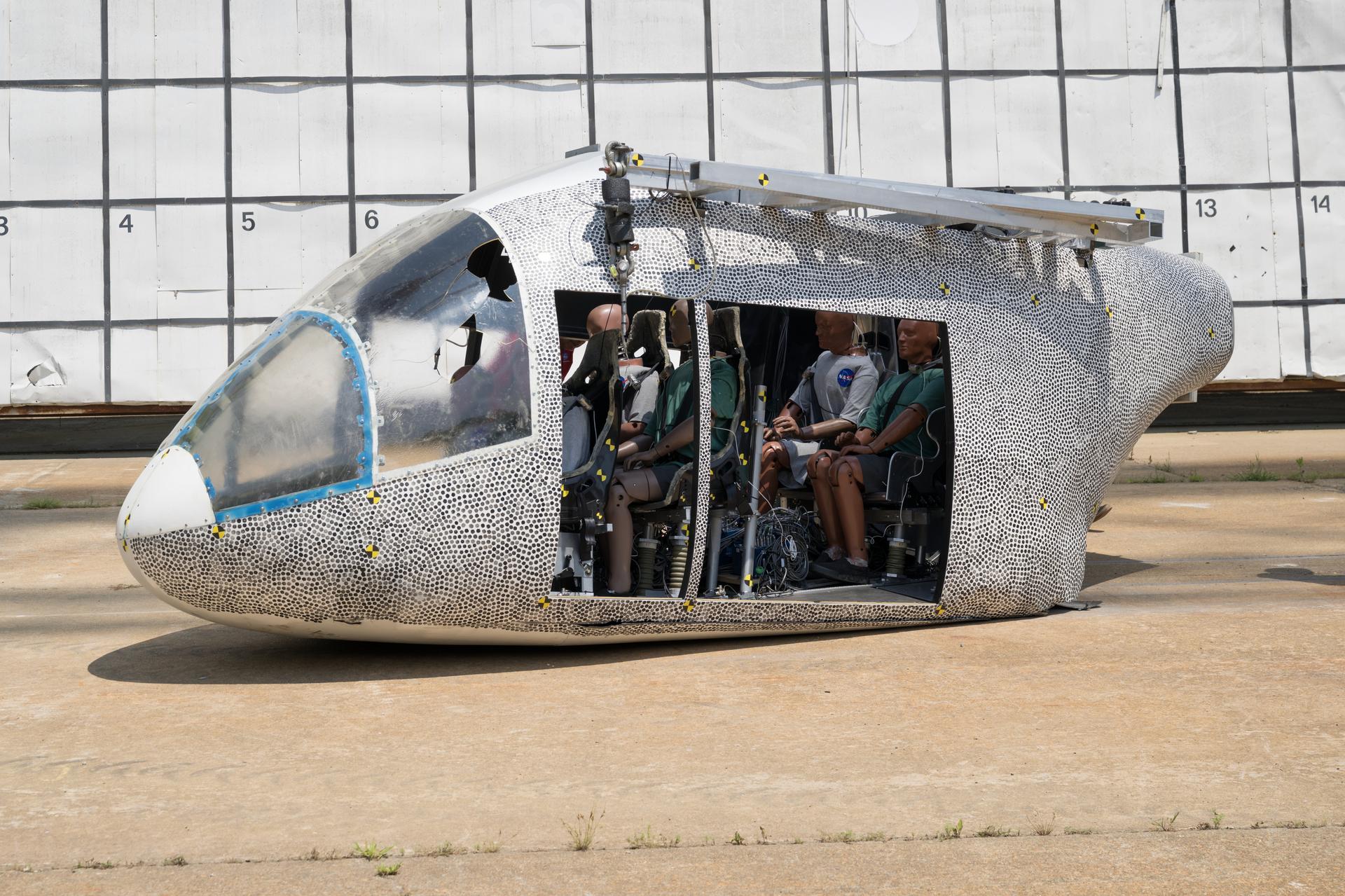



-Carolyn_Y._Ng.jpeg?w=1024)


